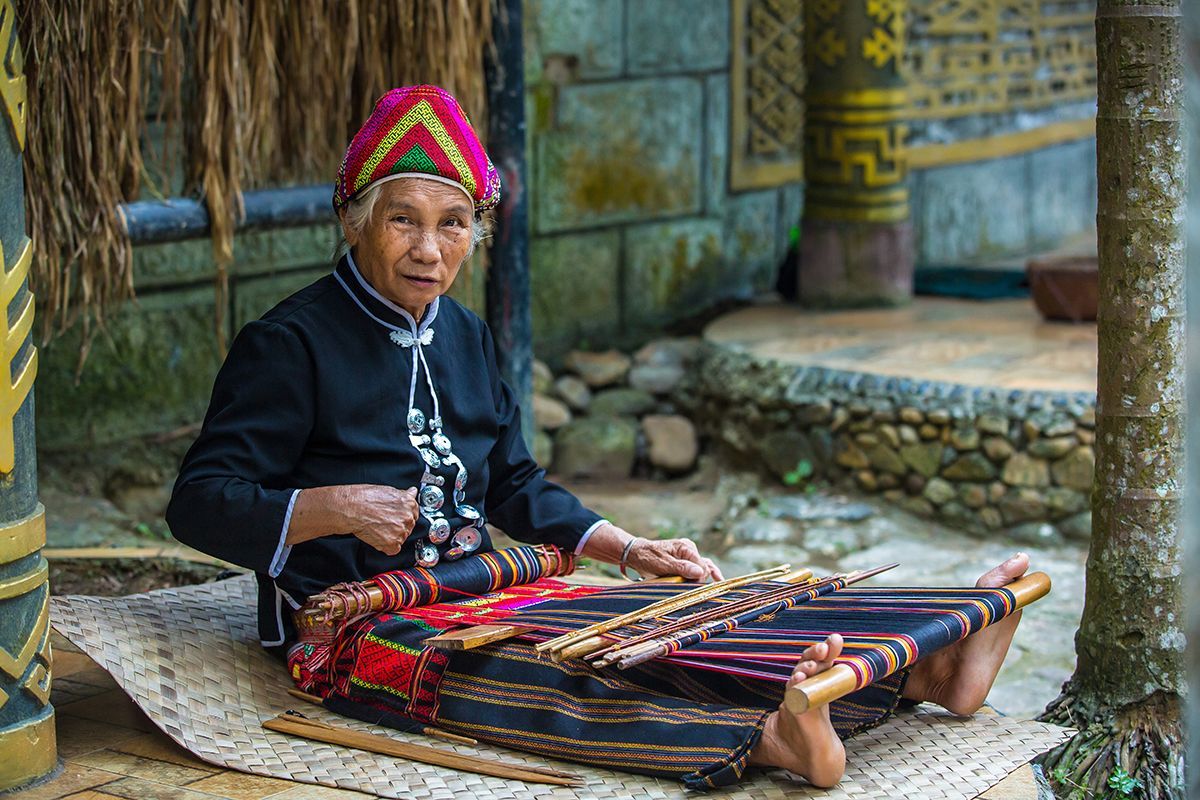© This article is an extract from Paul Hattaway's epic 656-page China’s Book of Martyrs, which profiles more than 1,000 Christian martyrs in China since AD 845, accompanied by over 500 photos. You can order this or many other China books and e-books here.
1905 - Eleanor Chestnut
October 28, 1905
Lianzhou, Guangdong
Eleanor Chestnut.
Over the centuries tens of thousands of foreign missionaries have followed God to China. A few became famous, but the vast majority quietly and faithfully served their Lord without any fanfare in lonely places far beyond the attention of the rest of the world. One such faith-filled missionary was Dr. Eleanor Chestnut, an orphan from Waterloo, Iowa. Raised in extreme poverty by an aunt in a remote area of Missouri, the living God who said he was the “father to the fatherless” formed in this young girl a rich and generous spirit. From an early age all she desired to be was a missionary-doctor. While attending medical school in Chicago she saved money by living in an attic and eating oatmeal for most of her meals.
Chestnut went to China with the American Presbyterian Mission. She arrived in 1893, and despite initially struggling to adjust to her surroundings, she soon found her niche ministering the love of God through her medical work at Lianzhou in northwest Guangdong Province. It was a poor area with a Chinese majority inhabiting the town, and numerous ethnic minority villages in the surrounding mountains. Soon after arriving, Chestnut saw the need to build a medical clinic. The mission did not have enough money to help, so she built it herself, somehow living on just $1.50 per month so she could spend the rest of her salary to purchase bricks. Her mission board learned what she was doing and offered to reimburse her, but Chestnut refused, saying, “It will spoil all my fun.”[1]
There were so many sick people needing help that Chestnut could not wait for the completion of the clinic, so she started performing surgeries in the bathroom of her home. The selfless spirit of this young lady knew no limit. There was no sacrifice too great for her to make. One day a coolie was brought to her door for help. The locals looked down on the man, despising him as a ‘good-for-nothing coolie.’ His leg had been crushed and there was no alternative except to amputate the leg. The surgery was successful,
“except that the flaps of skin did not grow together. Eventually this problem was solved and the man was able to walk with crutches. Someone noticed that Dr. Chestnut was limping. When asked why, she responded, ‘Oh, it’s nothing.’ One of the nurses revealed the truth. The doctor had taken skin from her own leg for immediate transplant to the one whom nurses called ‘a good-for-nothing coolie,’ using only a local anaesthetic.”[2]
During the Boxer Rebellion of 1900 most missionaries in south China fled to Hong Kong or another safe place until the storm passed. Chestnut decided to stay at her post as long as possible, only leaving when her mission insisted. The next year she returned.
On October 28, 1905, Eleanor Chestnut, along with Rev. & Mrs. John Peale and Mrs. Mackle and her daughter, all members of the American Presbyterian Mission, were killed by an angry mob in Lianzhou. They were working at the hospital when the mob suddenly stormed the building. Chestnut managed to escape and alerted the authorities. She could have escaped death if she had remained at the police station, but she decided to return to the hospital to help her colleagues. When she arrived she found her four countrymen already dead, but some of the patients needed her help. Ruth Tucker notes, “Her final act of service to the Chinese people whom she so loved was to rip a piece of material from her own dress to bandage the forehead of a child who had been wounded during the carnage.”[3] While Eleanor Chestnut was helping the people, some of the mob returned and killed her. She died inside the hospital that had been built with her own money and sweat, helping the Chinese people she loved so deeply.

1. Hefley, By Their Blood, 46.
2. Hefley, By Their Blood, 46.
3. Ruth A. Tucker, From Jerusalem to Irian Jaya: A Biographical History of Christian Missions (Michigan: Zondervan Corporation Grand Rapids, 1983), 421.




